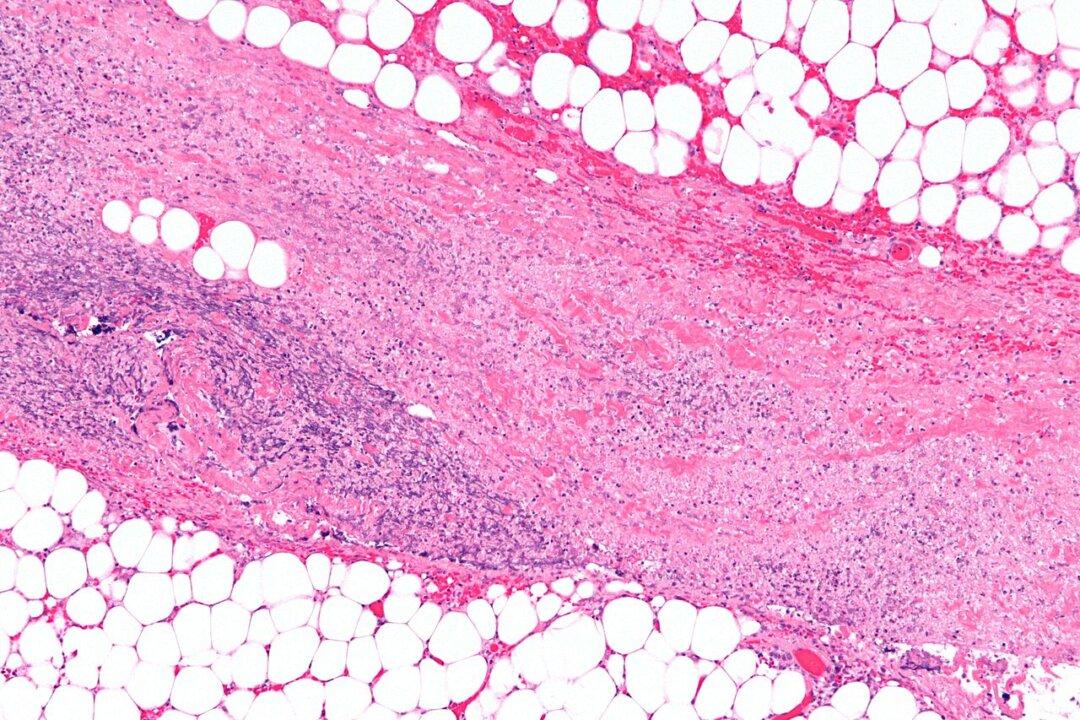A 50-year-old Florida man has had about 25 percent of his skin removed after being stricken with potentially deadly flesh-eating bacteria.
The man has undergone three operations, which removed about 25 percent of his skin, and is scheduled for one more after contracting flesh-eating bacteria, his wife said.





